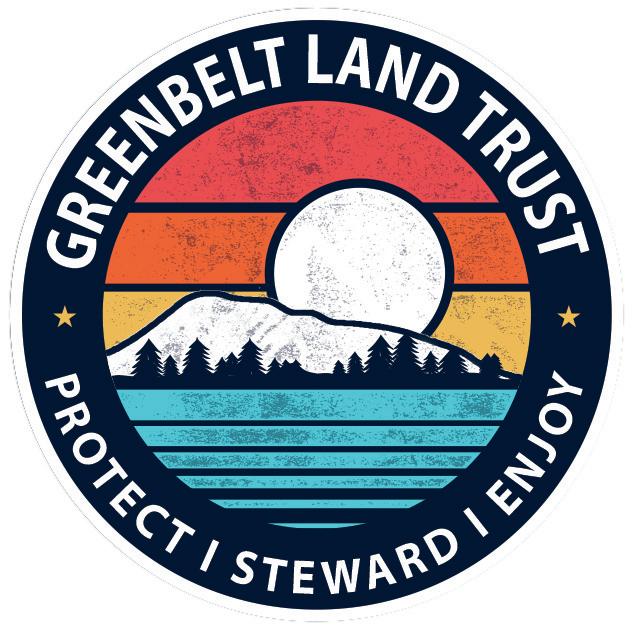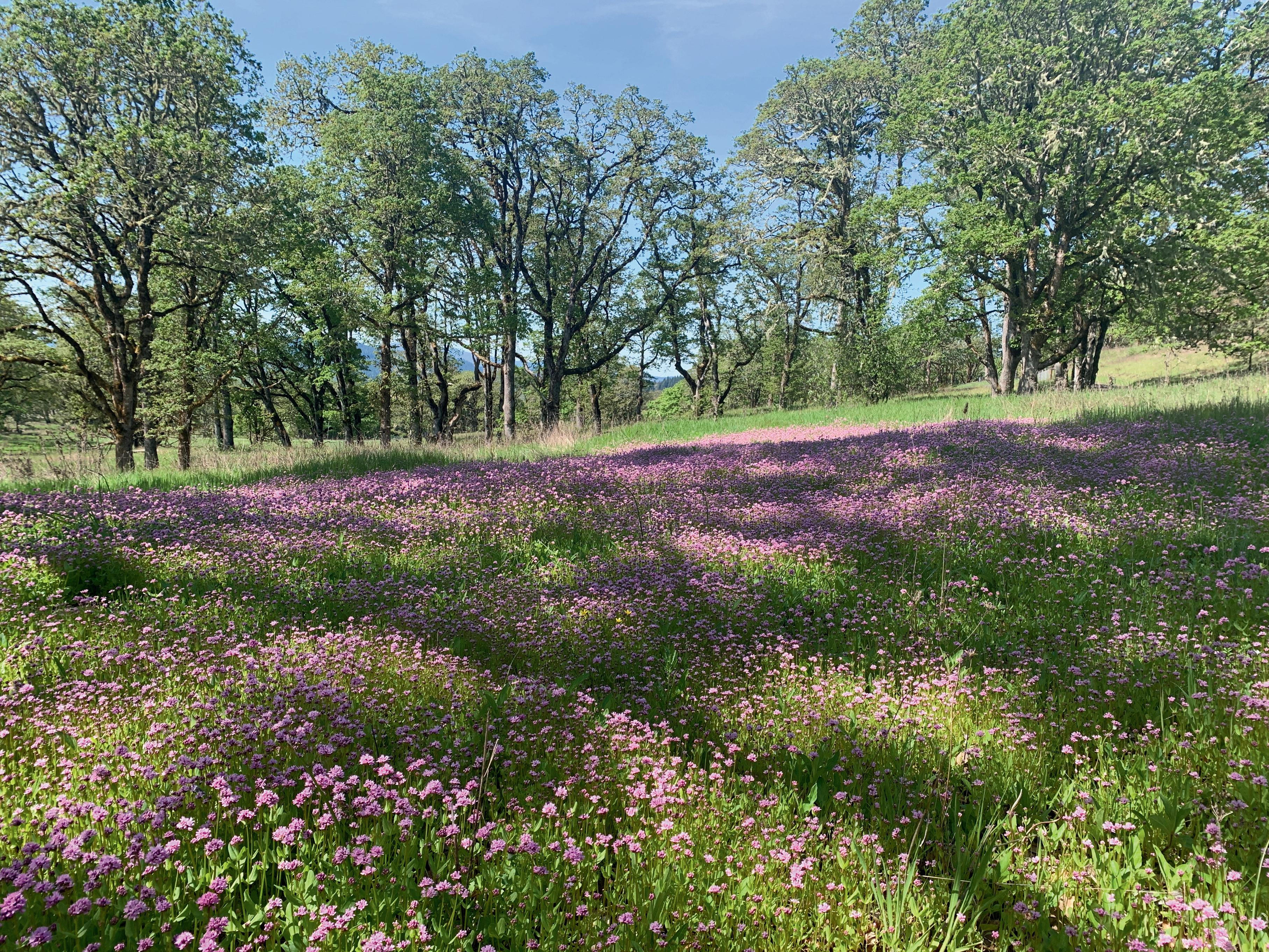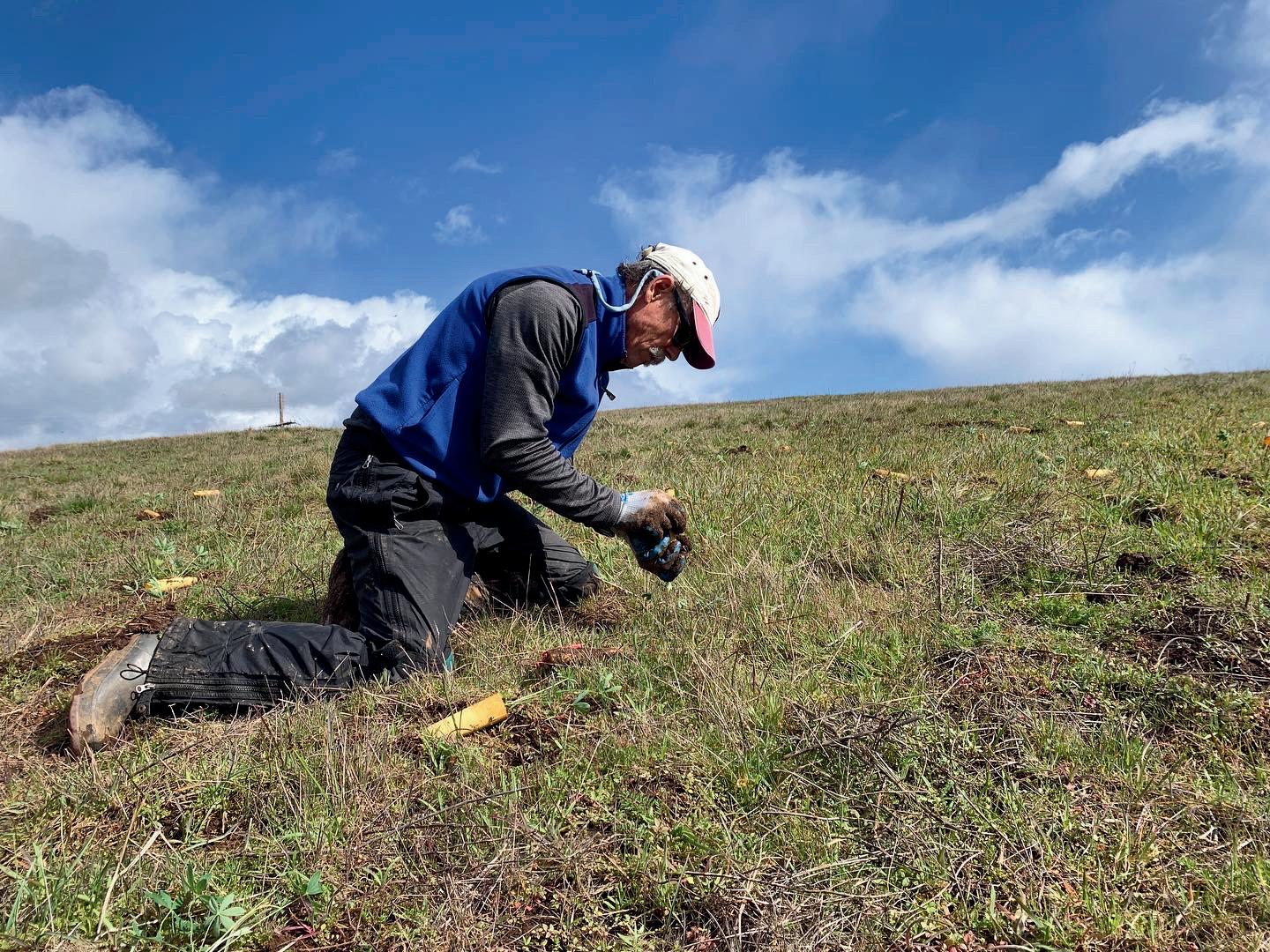




A land trust’s mission is to protect the ecological values of a place, and that begins by either purchasing it outright, or acquiring a conservation easement with a private landowner. This work takes place over several years - finding and surveying the property, raising the funds for the acquisition, and negotiating a final agreement.
The permanent protection of a property is a major milestone and a huge celebration. And then our work has just begun.
We protect land in perpetuity and our mission has no end date. Acquisitions get the headlines, but that isn’t the end of the story. Without dedicated stewardship, the very things we are protecting would be lost. Prairies will revert to brush and invasive weeds will move in everywhere. Sensitive and endangered species need healthy habitat, and more of it.
After an acquisition, our stewardship team of scientists, land managers, and technicians begins a year-round cycle of monitoring, restoring and maintaining the ecological values of the land. This team embodies our commitment to these special places, carrying our mission forward in a relationship with the land that will continue long after they are gone.
Our stewardship decisions are based on scientific monitoring and assessment. Data helps us understand what is happening on the land and what needs to happen. Wildlife Technician Lisa Millbank monitors multiple plant and animal communities and understands the importance of gathering data. Her dedication to getting that data finds her walking miles in the dark recording bat calls, and standing motionless on the prairie for hours to record the locations of bird nests.
Summer 2025
Stewardship Reflections Trails for All Seeding a Legacy Summer Events

Whether she is surveying amphibian egg masses at midnight, or monitoring bird song before dawn, Lisa is driven by the knowledge that data is crucial to good stewardship. “Some of the things I discover inform our management actions, and the data is also used by state and federal agencies in making decisions about endangered species recovery.”
“I feel lucky and privileged to do this work. I never get tired of finding a new nest, or a weird plant - it’s kind of like winning the lottery.”

Habitat Biologist Andy Neill works on long-term restoration projects that transform the landscape, thinning crowded forests to restore historic oak savanna, and turning a cow pasture into a vibrant wildflower meadow bursting with color. It takes years of planning and funding to make room for native plant communities and the animals that rely on them to flourish. Dedicated stewardship makes it possible.

Restored prairies at Bald Hill Farm now host a new population of the endangered Taylor’s Checkerspot Butterfly. Andy sees success stories like this with perspective:
“It feels like we are making these big changes on the land, and we are, and it’s important work. But I know we are short term stewards in a very long term story. I am inspired by the land trust mindset of perpetuity, and humbled to be a part of the story.”
Land Steward Chris Berry sees the land change through the seasons and over the years as he seeds restoration areas, mows hundreds of acres, treats invasive weeds, fixes fences and gates, and tackles anything else that comes up. Tractors, trailers, skid steers, seed drills, trucks, mowers, hand tools – stewardship of over 6,000 acres takes a lot of equipment and Chris knows how to use all of it, and fix it too.
Maintaining the habitats and ecological functions of the land we conserve is the bedrock of our stewardship work. We can lose what we’ve gained without a committed relationship to the land. For Chris, seeing the progress first hand is a big motivation.
“It feels good to come back to a place where you worked, mowing blackberries at Courtney Creek for example, and see how the elk are able to move around better. It’s satisfying to be moving in the right direction and making progress, but we also have to be able to come back and continue the work or it’ll go back to the way it was.”
Finding the resources for the stewardship work that the land needs is difficult. “In some ways, it is easier to find funding for an acquisition than funding for monitoring or stewardship,” says Greenbelt’s Stewardship Director Carolyn Menke. “Although the price tag for getting a property into conservation can be high, there are some big funding sources available. There are very few funding sources for monitoring and stewardship work, the pool of funds is much smaller, and the need for the funds is ongoing.”

1,700 lbs of native seed were planted last year. Our stewardship work contributed $320,848 to local economies last year. Our stewardship work has aided in the recovery of seven endangered species in the Valley.

At long last, trails are coming to Owens Farm!

With trail construction planned to begin this year, Greenbelt and our partners are breaking ground on a long-envisioned project to increase access to the outdoors for ALL. In addition to trails designed for people of all mobilities, the partners are also developing a special sensory trail – to better engage people that may experience sensory impairments and to encourage everyone to immerse themselves in the outdoors with all of their senses … through touch, sound, smell.
In support of this work, the Owens Farm Partnership has been awarded a $10,000 grant from the Benton Community Foundation to help design these sensory and interpretive features in collaboration with communities who have historically faced barriers to outdoor access because of physical, cultural, and social obstacles.
The partnership – City of Corvallis, Benton County, Good Samaritan Regional Health Center, and Greenbelt Land Trust – is working together to create a welcoming outdoor experience at Owens Farm, especially for people who may not feel comfortable or safe in the outdoor spaces within our community that many of us take for granted.
This partnership is a powerful example of what’s possible when communities come together to make the outdoors accessible to all—blending recreation, public health, conservation, and history into a shared trail experience that everyone can enjoy.
Meredith Petit, City of Corvallis Parks and Recreation Director

Al Kitzman and his wife Sue Tangeman are Greenbelt Heritage Circle members –donors who have let us know that a gift for Greenbelt is in their estate plans.
For Al, the decision to designate the gift to stewardship was an easy one, “As a former land manager for Benton County, I appreciate the importance of stewardship. Land acquisition can be exciting to rally around, but even in good economic times, it is a challenge to secure funds for stewardship work.”
As longtime donors and volunteers, Al and Sue have had their hands in the foundations of the Land Trust, as well as in the dirt, literally and figuratively seeding our stewardship work.
There are many ways in which Greenbelt, your family, and the protection and care of our natural areas can benefit through a planned gift.
What is your legacy for the Willamette Valley?
Let’s meet and talk about your plans! Jessica

Greenbelt Land Trust PO Box 1721
Corvallis, OR 97339
greenbeltlandtrust.org (541) 752-9609
<<Account Name>>
<<Address Lines>>
<<City>>, <<State>> <<Zip>>
Sunday, June 1st
This annual trail run through the Bald Hill complex is a benefit for the Greenbelt Trails Fund. ½ mile and 2k fun runs, plus 8k, 30k, and half-marathon runs. Run for more outdoor access and trails at Run for the Hills!
Saturday, June 14th
Hike Together with CMLC
Hike Together is a fun way to explore local trails and build community with people coming together through the Corvallis Multicultural Literacy Center and Greenbelt Land Trust. This will be a moderate hike of about 3 miles at Fitton Green Natural Area.
Details and registration: www.greenbeltlandtrust.org/events
Thursday, June 12th
Take a walk with us around Horseshoe Lake where we are restoring floodplain forest on the Willamette River, including a visit to our Western Pond Turtle monitoring project where you may meet a turtle or two!
Summer Morning Sessions
Drop in and lend a hand to our stewardship work with the Thursday Volunteer Stewards every Thursday morning. TVS work on trails, battle invasive weeds, collect native seeds, monitor wildlife and more! And, it’s just a pretty fun group to spend time with.